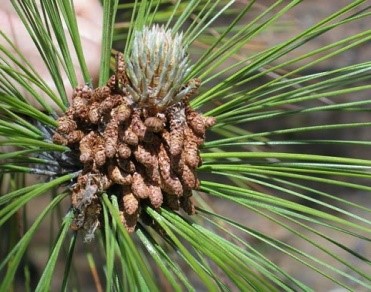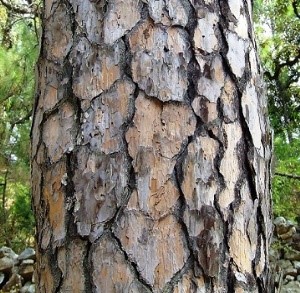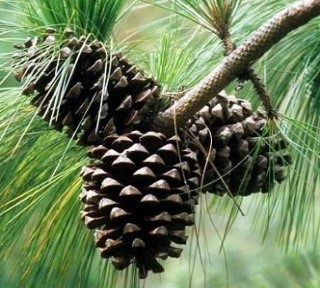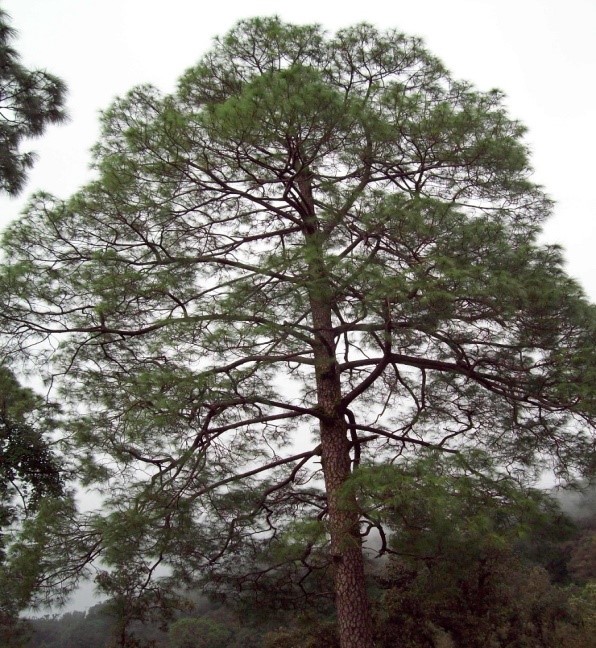Trees
Pinus roxburghii Sargent
Pinus roxburghii Sargent
Description :
A
large tree 21 to 33 m tall with an average diameter of 0.6 m. The crown is
rounded. The needles are in threes, 20 to 30 cm long. The bole is straight,
erect. It is monoecious. The male flowers or cones are many crowded in headlike
clusters, 1.3 to 1.8 cm long. The female flowers are erect solitary with 2 to 5
clustered at the end of branches. The cones bloom between January and April.
The fruit is the female cone. As it ripens it turns a shiny reddish-brown
color. The seed in the cone takes a full year to mature after pollination and 2
years for the reproductive cycle to be completed. There are two, winged seeds
beneath each cone scale. Seed is shed September through October. The tree is
free of disease and insect problems. Natural regeneration occurs readily on
hare mineral soil. It is reproduced from seed. Seed crops are erratic, but seed
can be stored in sealed containers in a refrigerated environment for a number
of years. This is considered a fast-growing tree. Yields of 7 to 14 m3/ha/yr
are recorded on sites of different quality. Grains straight or spiral, medium
fine and un-even textured, Sapwood white, heartwood light red turning to reddish
or yellowish brown with age, having specific gravity of 0.61 and a calorific
value of 5015 kcal/kg.
Distribution :
The
tree is native to Pakistan, Bhutan, Nepal, India, and Afghanistan. In Pakistan
it is found in the Himalayas specifically in Azad Kashmir, Murree, Hazara,
Swat, Dir, Bajaur, Khyber, Malakand, and Orakzai Agencies. It is easily
cultivated in the northern areas of the Punjab and the KP. Large plantations
have been raised in Mansehra, Abbottabad and Balakot areas of KP. An
intolerant tree that grows on a variety of soils, including shallow soils and
soils originating from limestones, granites, and sandstone. It is drought hardy
and is well adapted to a precipitation zone of 450 to 1625 mm/yr and can
survive 2 to 4 months of drought. It prefers a humid sub-humid, cool-moderately
cool, sub-tropical monsoon climate with a temperature range of -5 to 40°C at
elevations between 500 to 2500 m. It is frost hardy and fire resistant.
Uses :
This
is a valuable tree for reforestation and afforestation of denuded areas in the
foothills of Pakistan. Native stands have been heavily overcut and will need to
be replanted. Also used in construction, fuel, resin erosion control, sleepers,
food (edible seed), various wood products (furniture, match sticks, etc.) tar
(roots) and tannin.



